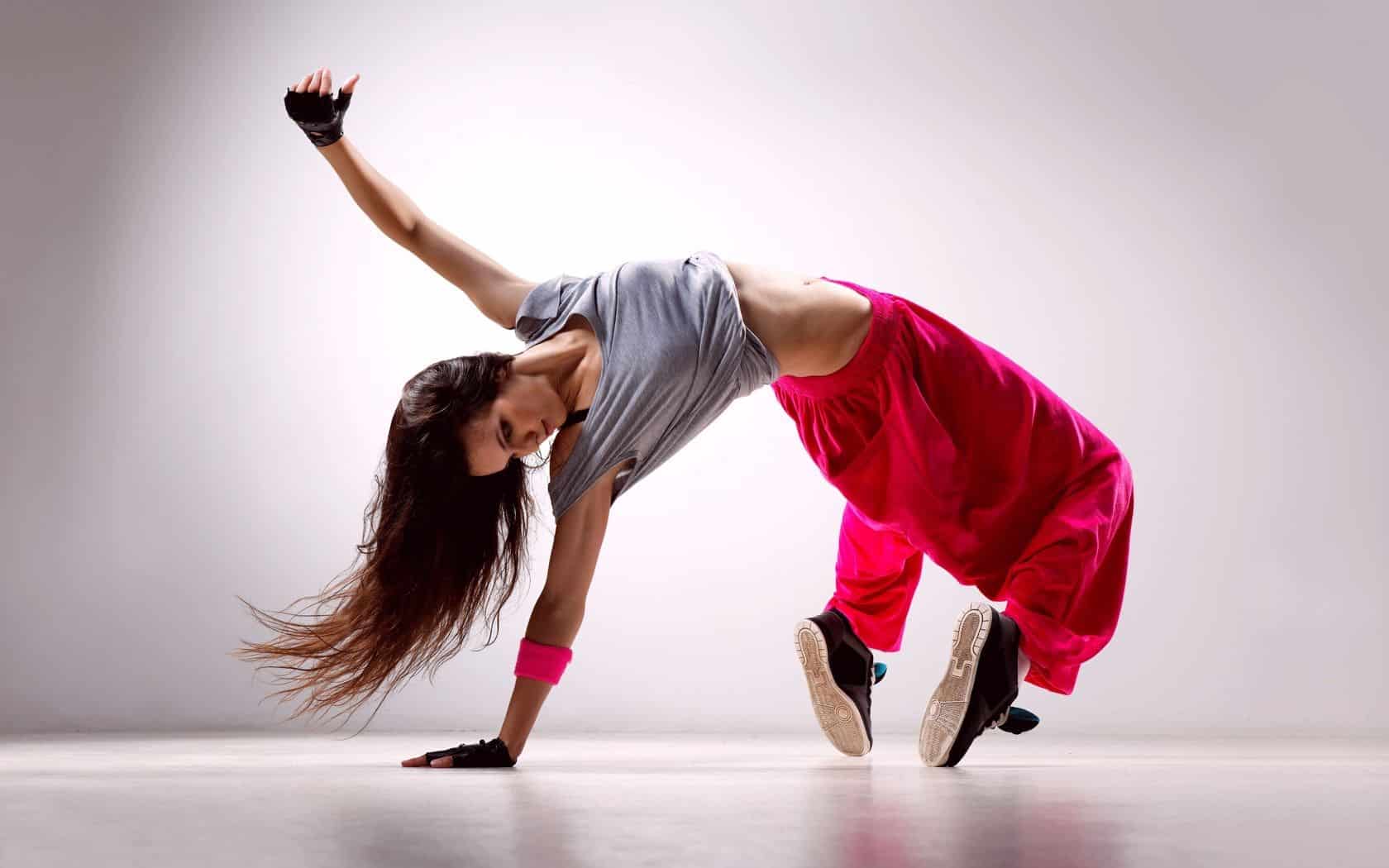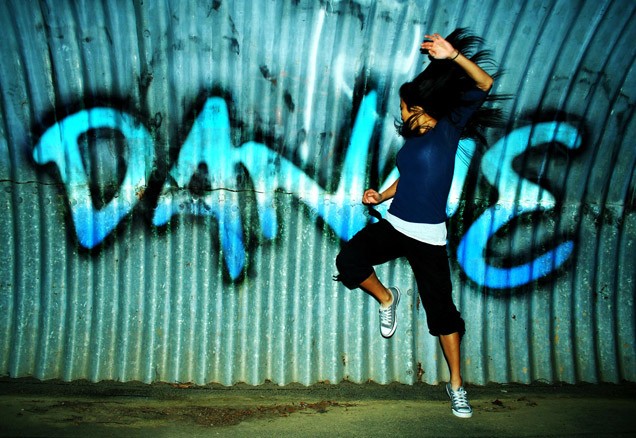How Dance Movement Therapy Improves Expression
Conventional therapy is often divided into two different strands. The first is physical therapy, which entails the use of movement to restore mobility, functionality, and the ability to complete everyday tasks, and the second is psychotherapy, a practice intended to treat conditions that are isolated to the brain. But many may not realize that physical therapy can fuse with psychotherapy in the form of dance movement therapy.
Physical vs Psycho Therapy
Usually physical therapy regiments are designed with individual physical impairments in mind, as each one requires different treatment. Yet, despite their differences, most physical therapy regiments do have one therapeutic trait in common. The act of exercising itself has been found to have therapeutic effects on the brain, which can help with recovery.

While many undergo psychotherapy simply to improve their mental well being, it can also be used as a treatment for conditions such as Post-Traumatic Stress Disorder (PTSD), depression, and drug addiction. And while the word “therapy” usually conjures up images of dreary psychiatrist offices with the words “how does that make you feel?” echoing off the walls, there are a number of ways to conduct psychotherapy. Some of these, including dance therapy, aim to treat mental afflictions by tuning into the patients’ self-expression.
Jenna Spinei, a recent graduate from the University of Michigan who plans to pursue an MA in Dance Movement Psychotherapy from University of London in the fall, says that dance therapy stands out amongst other types of expressive psychotherapies because it is the only one that incorporates the therapeutic effects of movement as well. Because it covers a broad spectrum of therapeutic techniques, its is used as a treatment for a variety of both physical and mental afflictions including Parkinson’s, Fibromyalgia, Autism, and PTSD.
History of Dance Movement Therapy
The field of dance therapy in the United States was started in the 1940s by dancer Marian Chace, who later went on to found the American Dance Therapy Association in 1966. Over the decades the field of dance therapy, often referred to as Dance Movement Therapy (DMT), became more recognized and defined.
The process of DMT can vary from patient to patient, but the basic structure of a typical session is as follows: first the patient becomes warmed up and relaxed, so to let go of restraints and self-judgment. Next, they begin to express their feelings and emotions through dance and body movement. This can be targeted towards specific feelings, depending on the needs of the patient. Often, the meanings and symbolism behind the movements is discussed between the therapist and patient to help provide further healing and insight.
But for many, Spinei says, the non-vocal expression is the most important part. “For example,” she said, “Patients with PTSD find it very difficult to speak about certain past events in their life, but dance therapy allows them to express themselves through movement, helping them move forward.
While no type of therapy is 100% effective for every patient, DMT is unique in that it is a rare combination of both physical and psychotherapy. Patients are able to tap into the healing properties of self-expression while simultaneously acquiring the benefits that come with movement and exercise, making it a viable therapeutic option for a variety of patients.









